Main Camera 35mm! vivo X200 Ultra Imaging Review: Abandoning the One-Inch Sensor but Winning Big?
![]() 04/25 2025
04/25 2025
![]() 952
952
A "Mobile Imaging Workstation" Designed for Professionals.
Including Samsung, the mobile phone market has welcomed four Ultra models this year. As the last ultra-premium product, vivo X200 Ultra also draws a conclusion to this year's mobile phone imaging competition. LeiTech significantly feels that the competition among imaging flagships has gradually shifted from hardware to software algorithms this year, evolving from "capturing" to "capturing well".
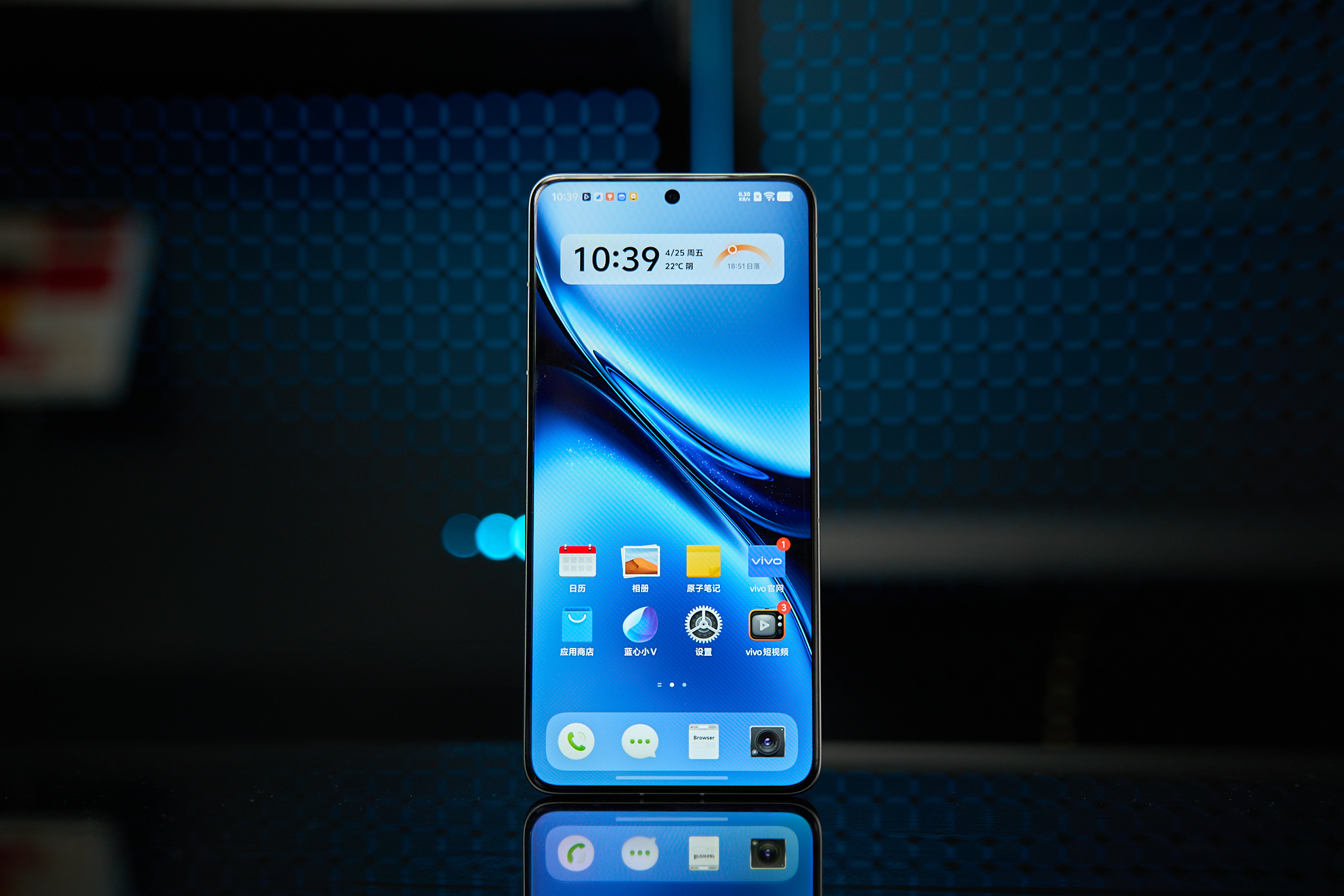
(Image source: LeiTech production)
So, how powerful is the imaging capability of vivo X200 Ultra? Next, join LeiTech in an in-depth experience.
35mm Main Camera, What Does vivo Want to Do?
The biggest change in vivo X200 Ultra is undoubtedly this 35mm native focal length main camera. This is also the second mobile phone manufacturer to adopt a 35mm focal length as the main camera, after Nubia. Many readers may not understand the specific significance of a 35mm main camera. I will provide a detailed analysis based on my personal insights.
Currently, the main camera focal length of mainstream mobile phones is 23/26mm, while vivo uses 35mm this time. These two focal lengths are also very common in photography. These two focal lengths represent the same angle of view in APS-C and full-frame formats, and the conversion factor between them is 1.5. In other words, 1.5x magnification of an equivalent 23mm main camera is exactly equivalent to 35mm. By the way, the conversion factor between the sensor size of X200 Ultra and a one-inch sensor is also approximately 1.5.
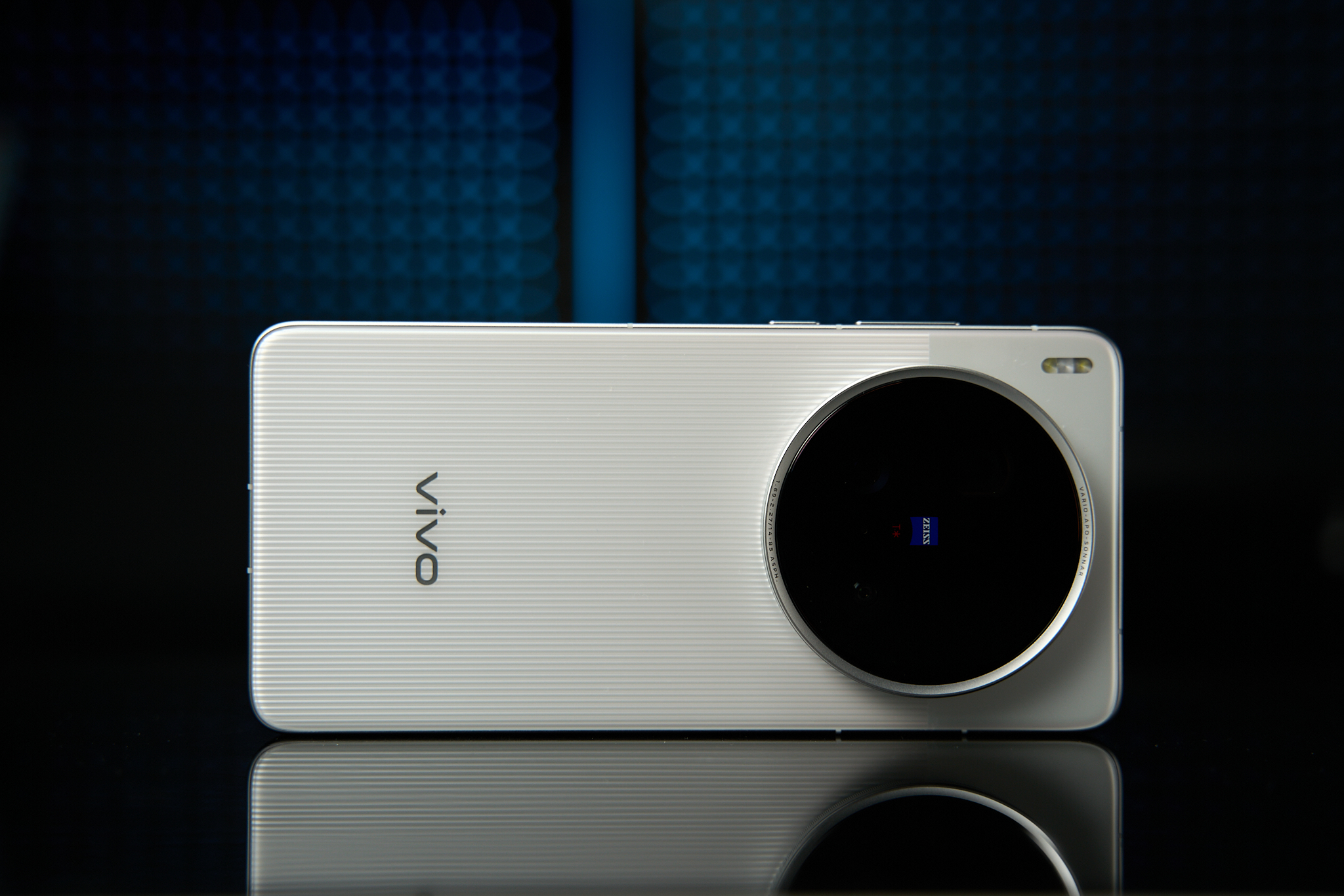
(Image source: LeiTech production)
Yes, the sensor size of vivo X200 Ultra's main camera is only 1/1.28 inches, which is a certain distance from a true one-inch sensor. As for why a one-inch sensor isn't used, the reason is quite simple. To replace the main camera with a one-inch sensor at an equivalent focal length of 35mm, a lens with a physical focal length of over 14mm is required. The result of this size on a mobile phone is only one: the already protruding lens module directly evolves into a "crater".
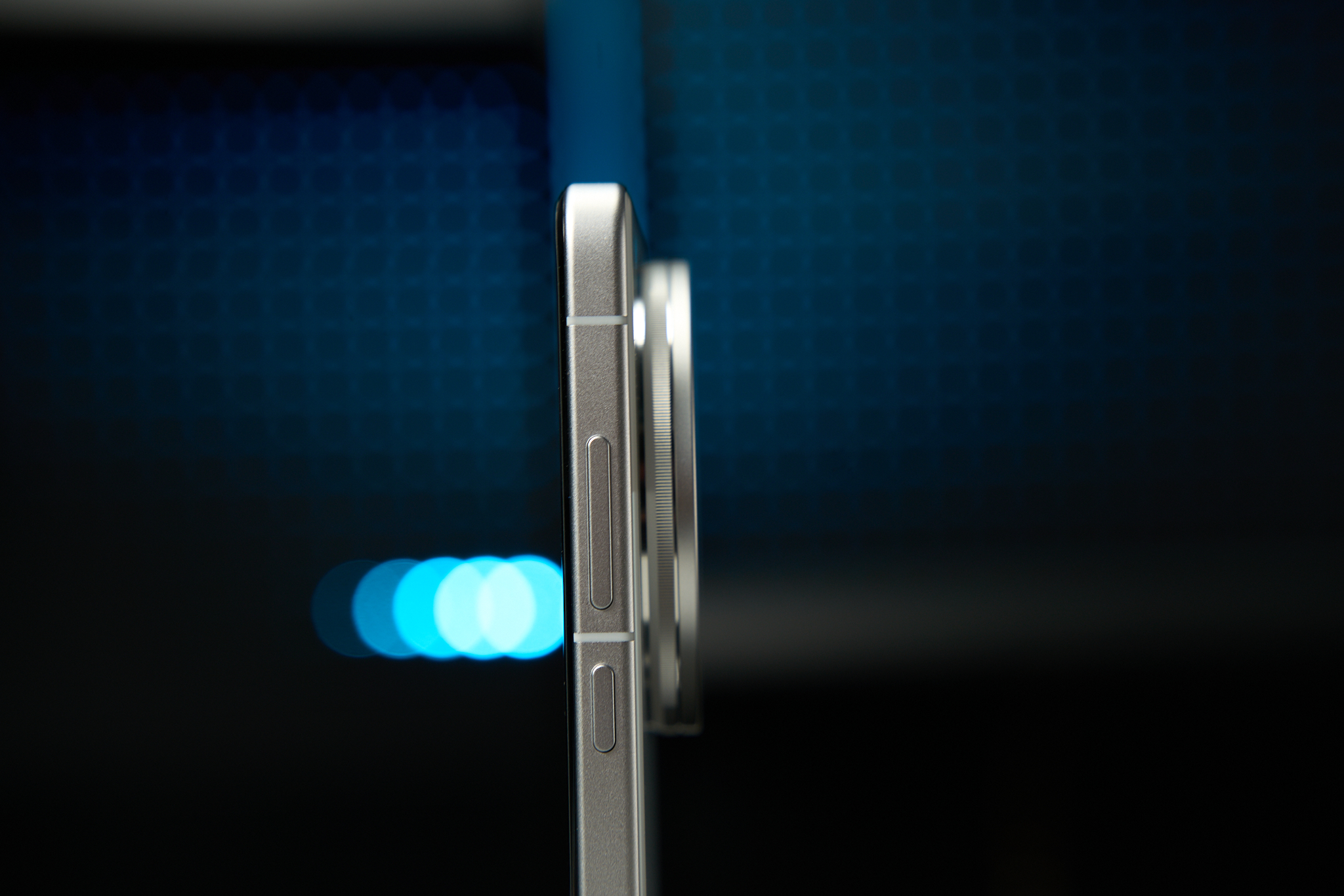
(Image source: LeiTech production)
In the simplest terms, when shooting 35mm photos, X200 Ultra can use the entire CMOS and lens, resulting in better imaging performance and higher pixel count.
The reason why vivo chose to use 35mm as the main camera is simple: this focal length is closest to the human eye's field of view, better highlighting the subject and making people focus more on the specific scene and situation being captured, rather than exaggerated perspective angles, which have a strong sense of detachment from the equipment.
The same is true in the photography industry. The 35mm focal length is very versatile and can be used to record landscapes, portraits, street photography, close-ups, and other subjects. 35mm is more in line with photographers' usage habits and has a higher frequency of use compared to 23mm as the main camera.
As can be seen from the two comparison images, thanks to this 35mm focal length main camera, I don't have to get too close or too far away from the object when composing, and I can focus more on the subject of the image, excluding unnecessary cluttered backgrounds.
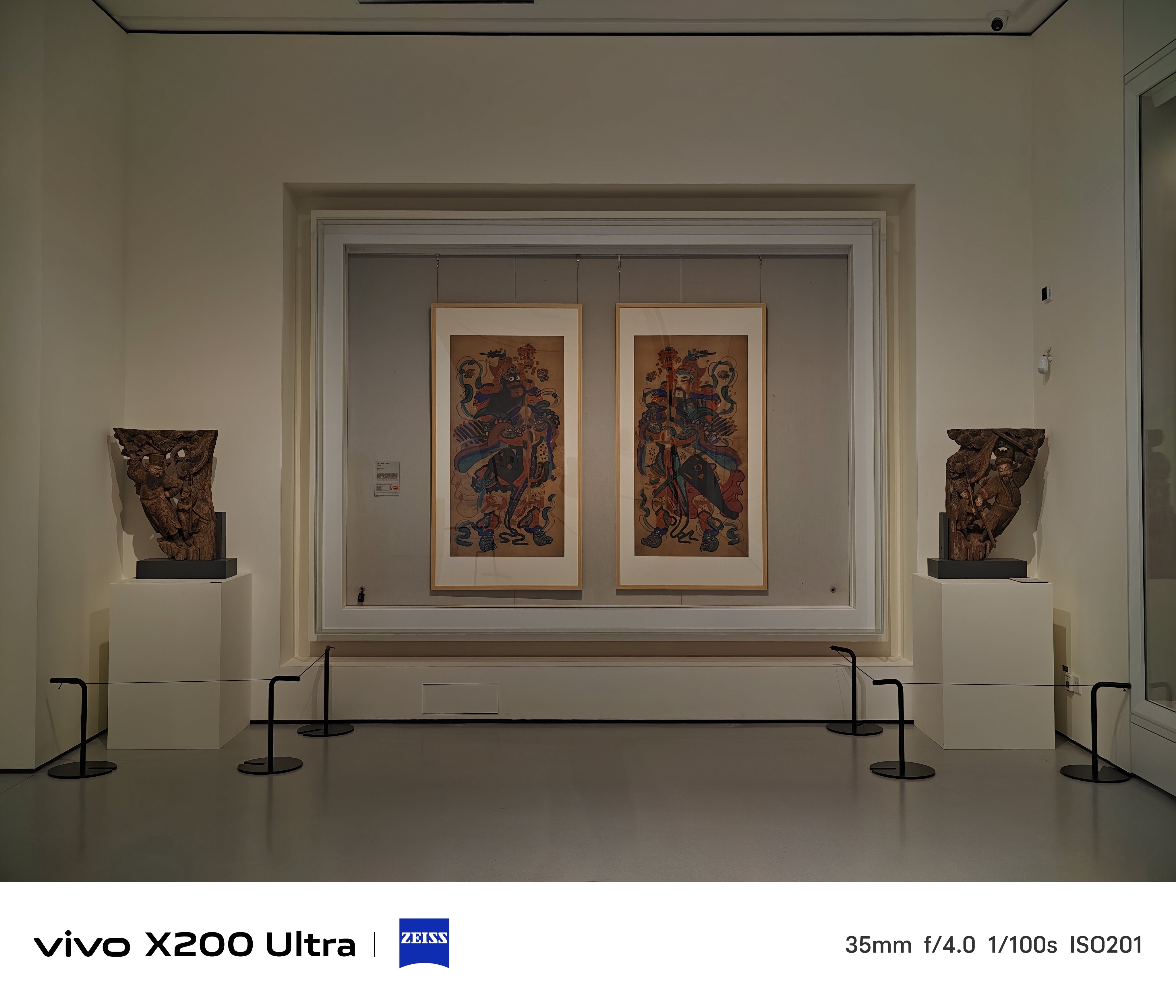
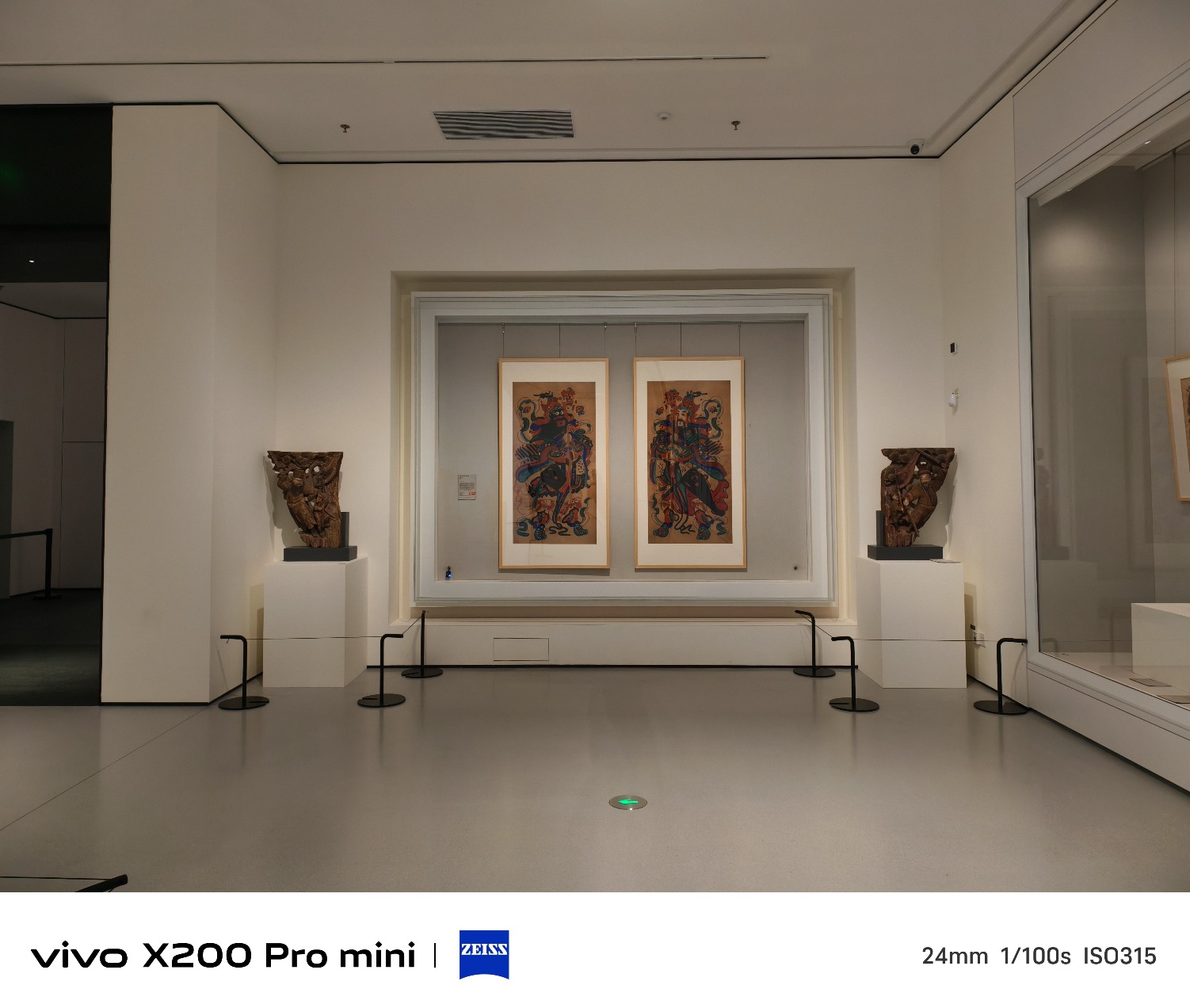
(Image source: LeiTech production)
I wonder if you have noticed that several recently released phones that focus on imaging, regardless of whether the main camera sensor size is one inch, can be switched to 35mm by simply clicking the focal length button. This also shows that manufacturers recognize this focal length.
Since everyone knows that the 35mm focal length is a good thing, why are only vivo and Nubia using it currently? Besides the thickness change issue mentioned earlier, more importantly, for the vast majority of users, mastering the 35mm focal length is much more difficult than the traditional 24mm focal length. A longer focal length means less space for cropping later and increased difficulty in composition.
What's more fatal is that changing the main camera to 35mm means that the focal length range from 14mm ultra-wide-angle to 35mm is completely blank. Even though most users may not use ultra-wide-angle lenses more than a few times a year, as a product positioned as an imaging flagship, this basic mistake should not be made.
So how does vivo X200 Ultra solve this flaw? They used a simple but effective method.
First, vivo X200 Ultra's main camera and ultra-wide-angle sensor are the same Sony LYT-818. Identical sensors mean there is no difference in image quality. Based on this feature, vivo X200 Ultra's ultra-wide-angle lens can be directly switched from 14mm to 28mm by simply clicking the focal length button. Actual tests show almost no loss in image quality, thus filling the gap between the 14-35mm focal length range.
Moreover, through actual experience, the gap in image quality between this 1/1.28-inch sensor and competitors' one-inch sensors is not significant. Let me make it clear in advance, this is not an excuse for vivo. But I have to admit that compared to stubbornly pursuing a one-inch sensor, the experience of two 1/1.28-inch sensors in mobile phone photography is much better.
The space freed up by reducing the size of the main camera sensor allows the phone to have a truly top-tier ultra-wide-angle lens. Although the vast majority of users rarely use ultra-wide-angle lenses, it has to be admitted that the triple camera configuration of 14mm + 35mm + 85mm is currently the most perfect combination.

(Image source: LeiTech production)
Of course, if the internal space of the body were a bit larger, and another independent 50mm portrait lens could be included, then vivo X200 Ultra would be the imaging king in my eyes, without a doubt.
Without a One-Inch Sensor, Is the Image Quality Still Ultra?
But reading this far, some readers may surely ask, as a product positioned as Ultra, can it still be called Ultra without a one-inch sensor?
It's better to show than to tell. Let's directly analyze it from the sample images.
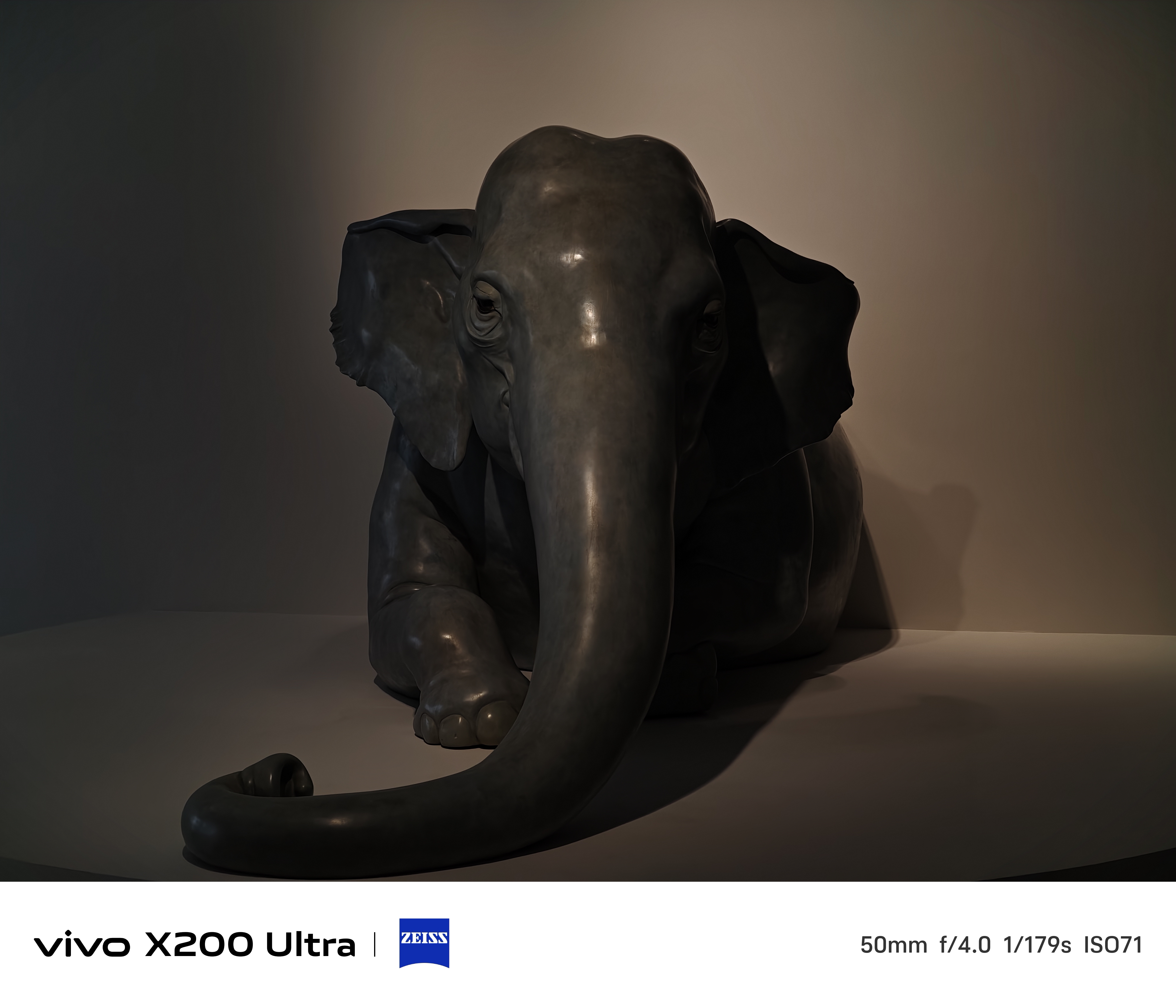
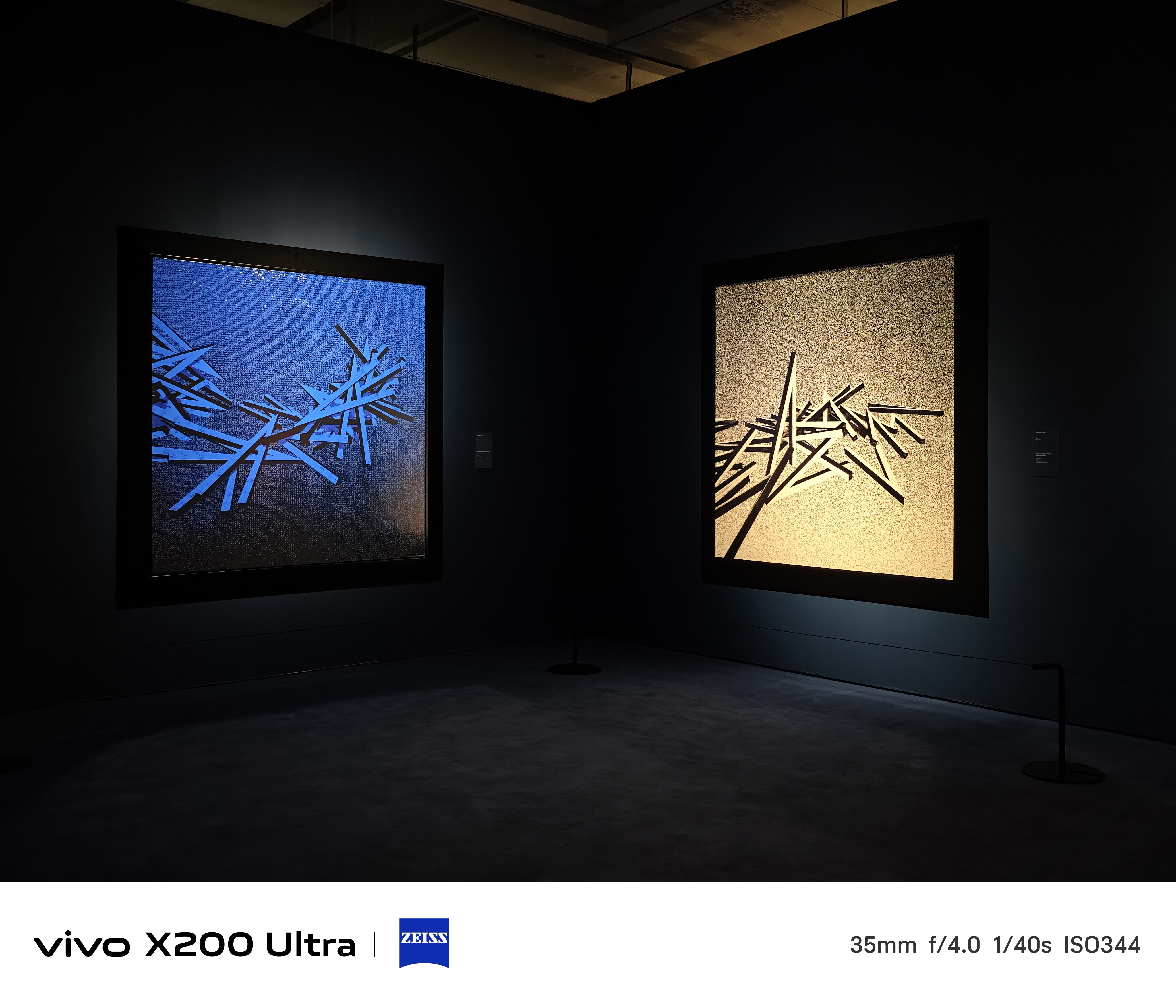
(Image source: LeiTech production)
Paired with vivo X200 Ultra's built-in Humanistic Street Photography mode, this main camera can deliver excellent light and shadow transitions in scenes with excellent lighting or high-contrast telephoto shots. (Unfortunately, the weather in Guangzhou has been getting worse day by day recently, making it difficult to fully demonstrate its capabilities.)
Before officially discussing telephoto, I want to briefly complain. vivo X200 Pro mini, released last year, has always been one of my main phones. Its imaging specifications are actually not bad and can even compete with some flagship phones, but it has a very obvious flaw: excessive algorithm intervention. Taking the telephoto lens as an example, when vivo X200 Pro mini exceeds the native focal length of 70mm, the algorithm directly intervenes and "recalculates" the image. The clarity of the image does indeed increase, but the authenticity decreases significantly, and the algorithm traces are easily visible to the naked eye.
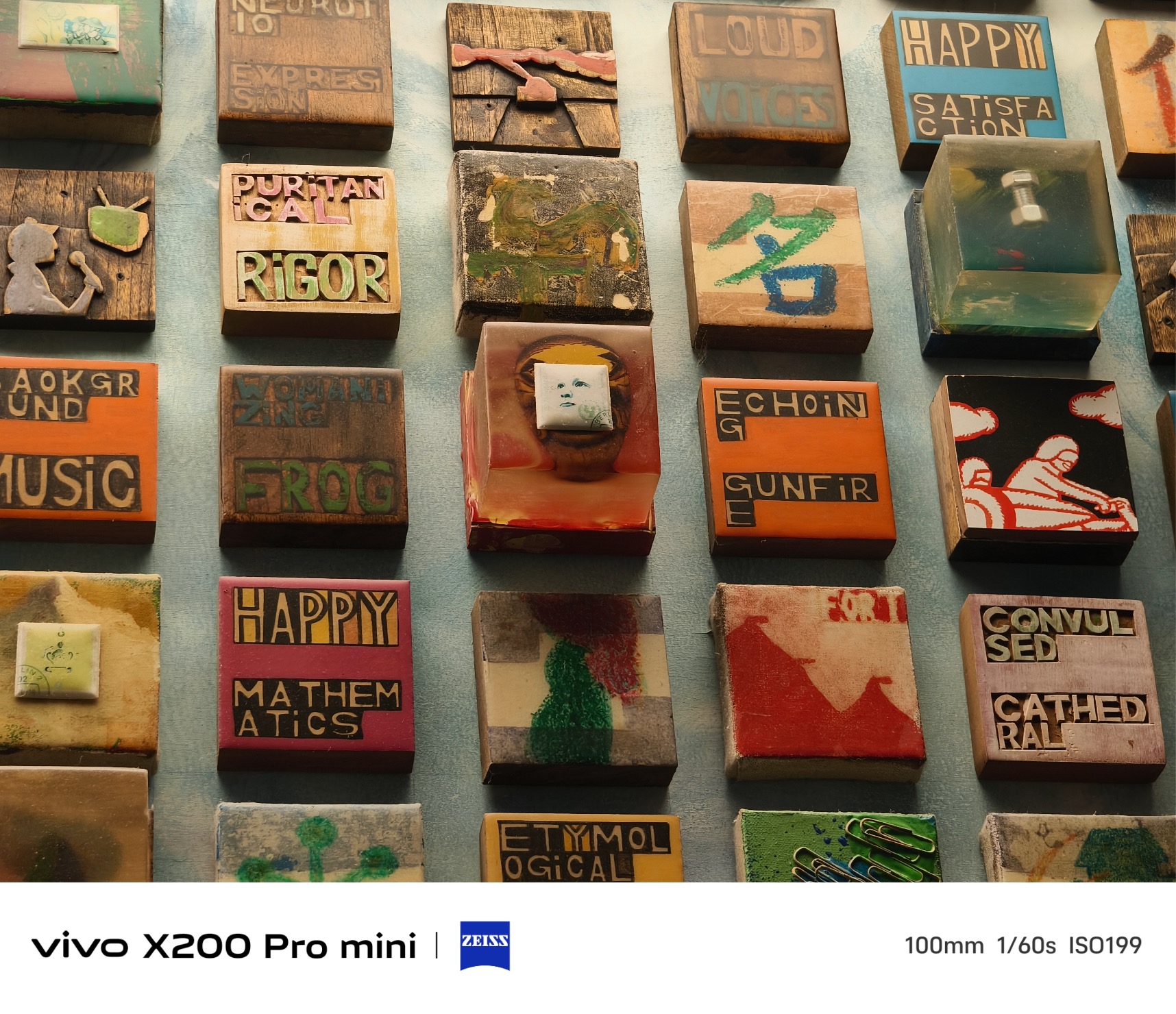
(Image source: LeiTech production)
The telephoto algorithm of vivo X200 Ultra has improved significantly. Whether it's the native focal length of 85mm or the further 135mm, the photos do not show any smearing and look particularly natural.
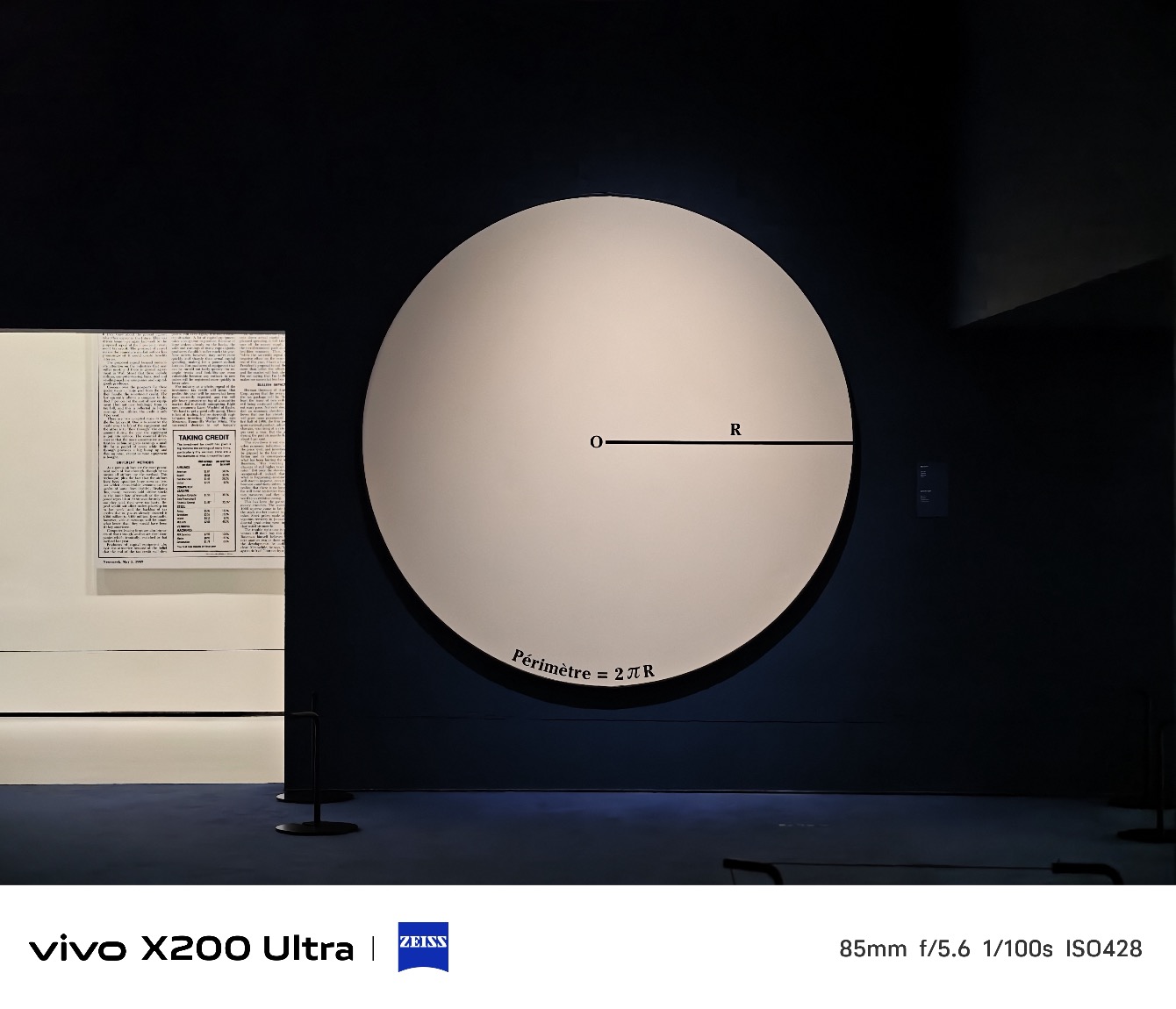
(Image source: LeiTech production)
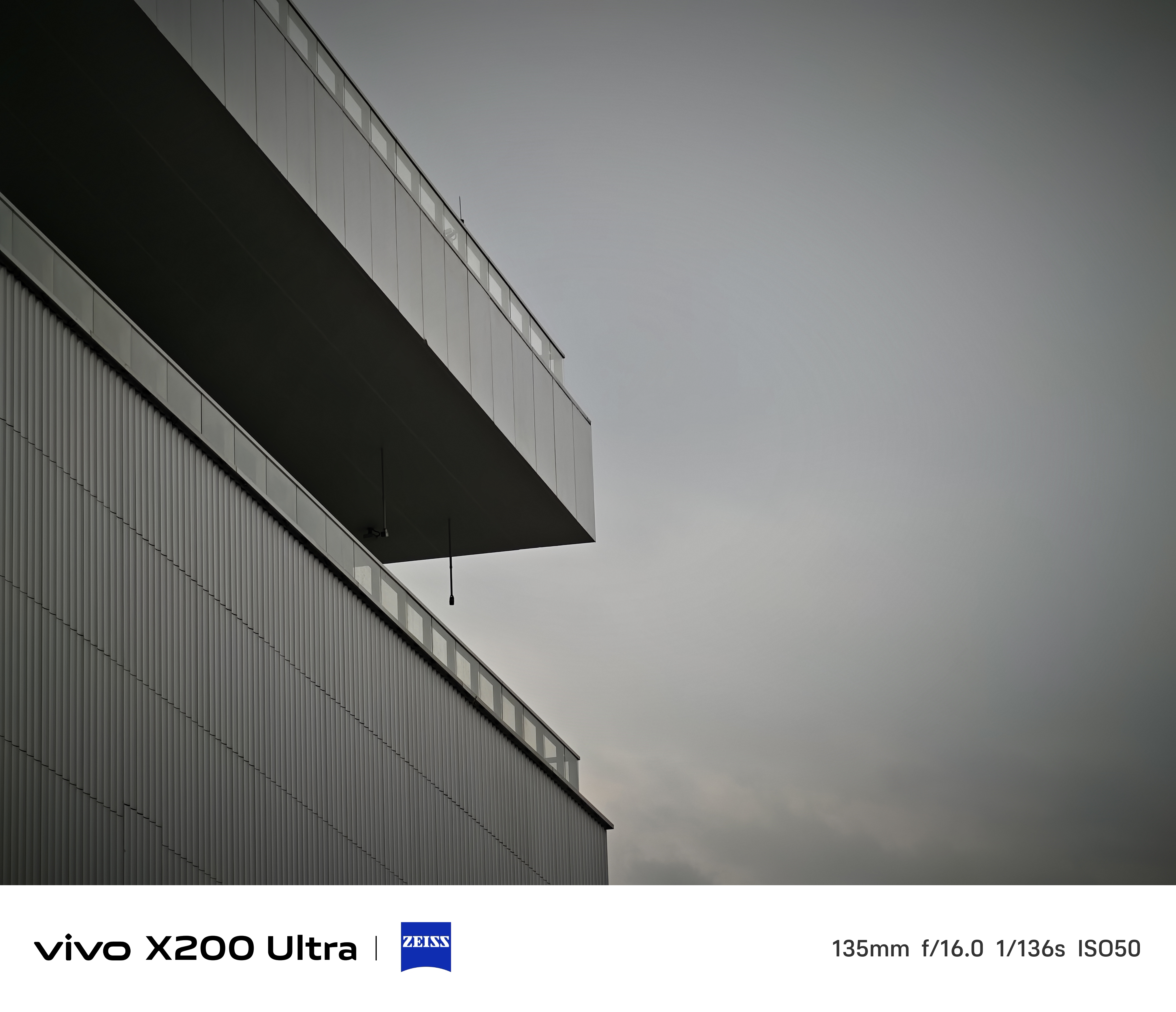
(Image source: LeiTech production)
In addition, thanks to deep absorption blue glass and coating technology and the upgraded GLC2.0 astronomical coating, vivo X200 Ultra's self-developed V3+ imaging chip significantly enhances color rendering capabilities under low-light conditions, ensuring that a sample image with rich perception can be output even in low-light environments.
Is the Zeiss Super "Telephoto" Lens Good to Use?
At the launch event, vivo grandly introduced the fourth lens of vivo X200 Ultra - the Zeiss 2.35x teleconverter. As the name suggests, it can further enhance the image quality of the telephoto lens.
As for why 2.35x was chosen, it is because when paired with X200 Ultra's native 85mm telephoto lens, it becomes an equivalent 200mm lens.
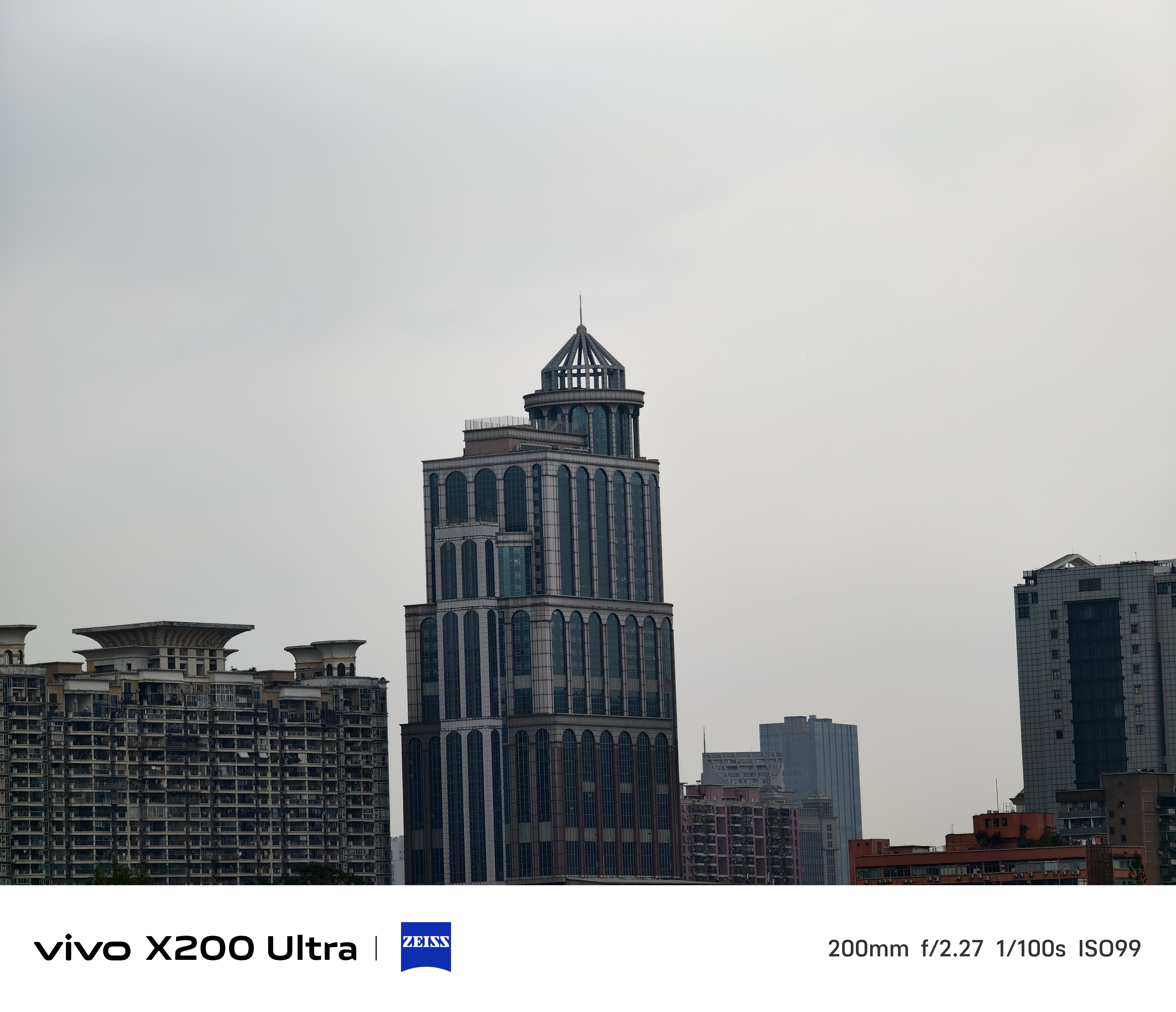
(Image source: LeiTech production, using the teleconverter)
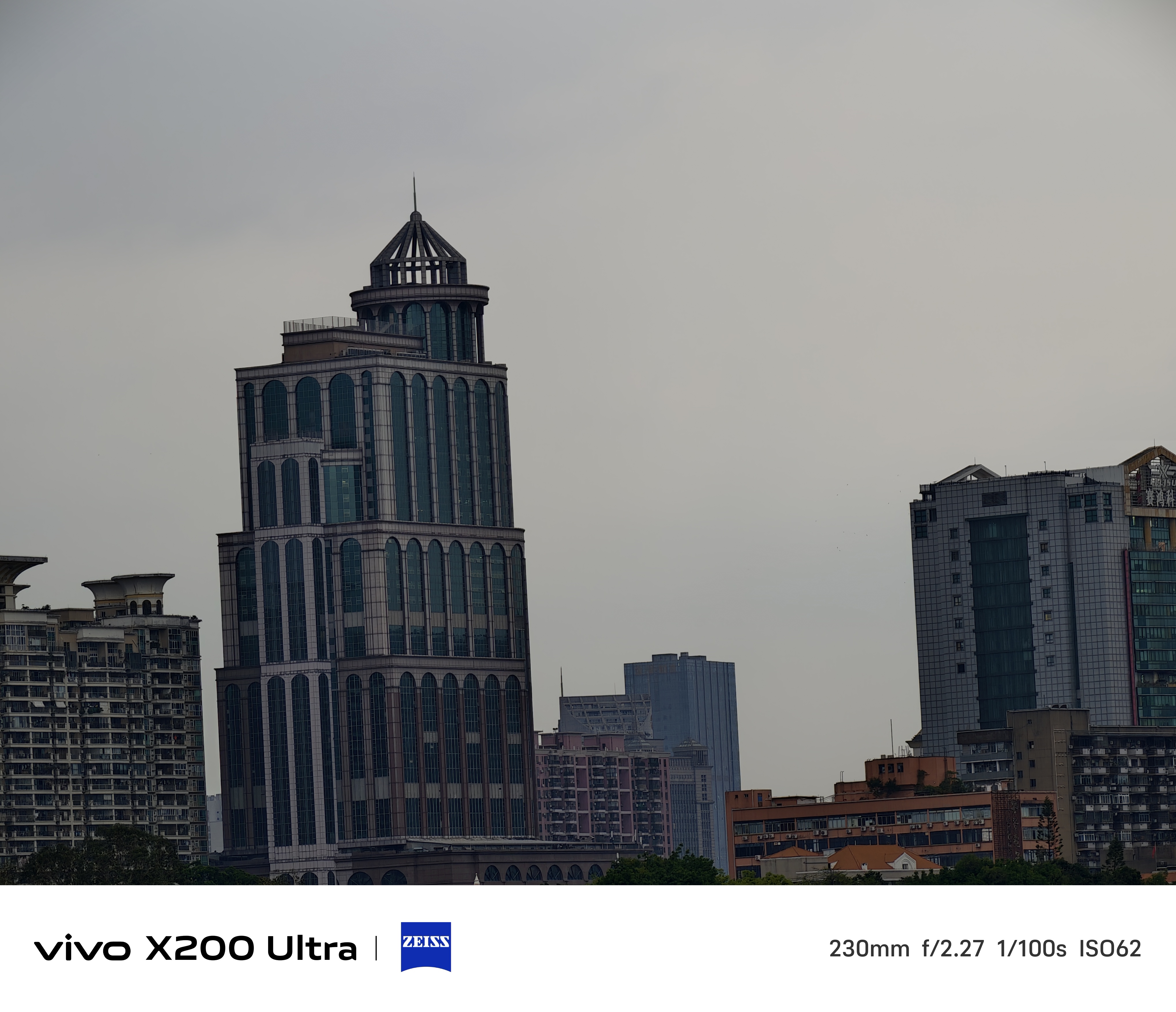
(Image source: LeiTech production, without using the teleconverter)
Actual tests show that at the 200mm end, the difference between using and not using the teleconverter is very obvious, with significant improvements in image brightness, overall purity, and color.

(Image source: LeiTech production)
If you want to capture distant scenes, this teleconverter can also achieve that. Additionally, it provides three commonly used magnification ratios: 2x 400mm, 4x 800mm, and 8x 1600mm, with a maximum of 5406mm.
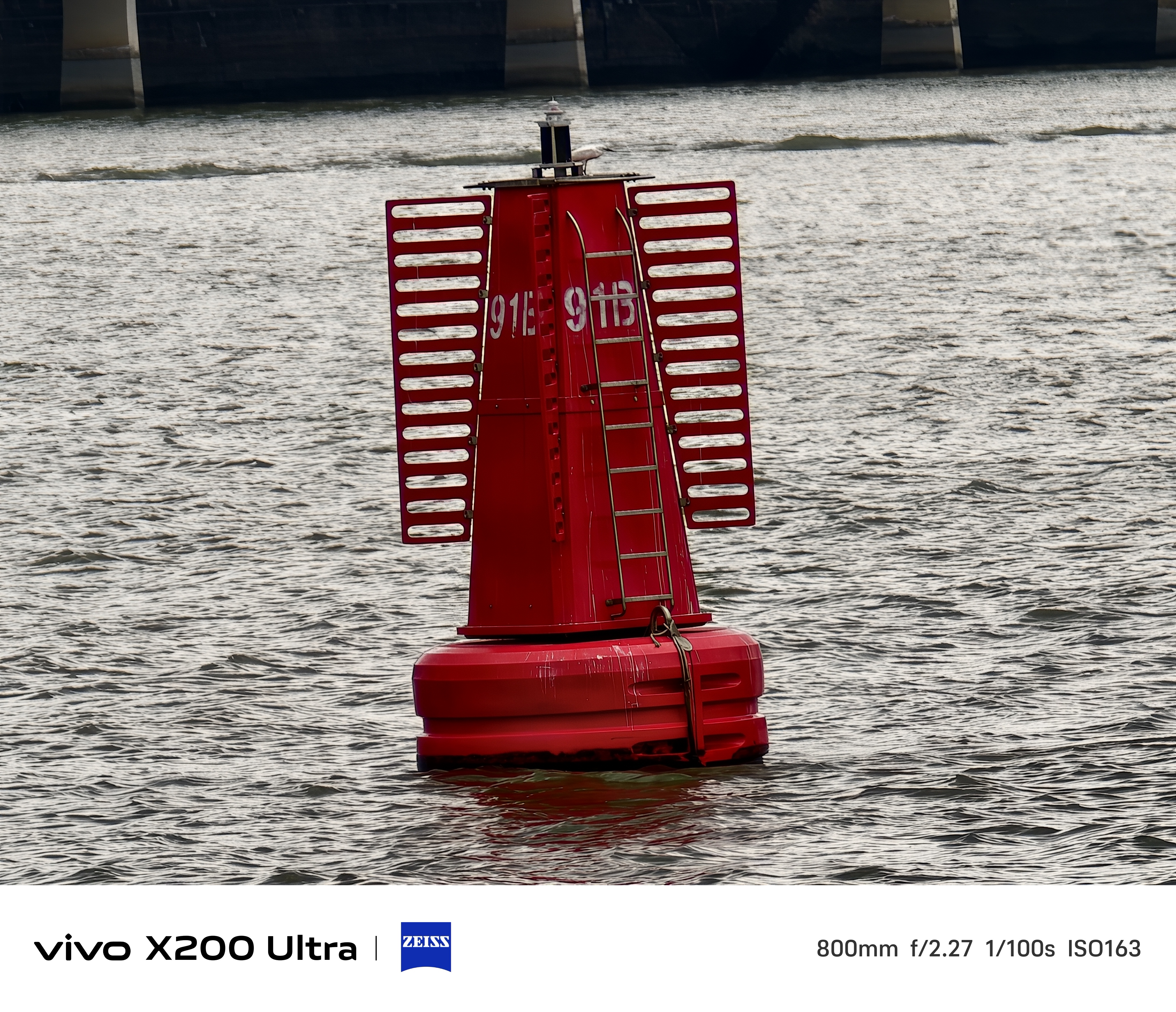
At 800mm, although there are obvious algorithm and sharpening traces in the background of the object, the details of the subject itself are preserved quite completely, with the "91B" clearly visible.

At 1600mm, I don't need to explain the image too much. I originally didn't have high expectations for this extreme telephoto scene, but vivo X200 Ultra at least achieved "capturing", which is worthy of recognition.
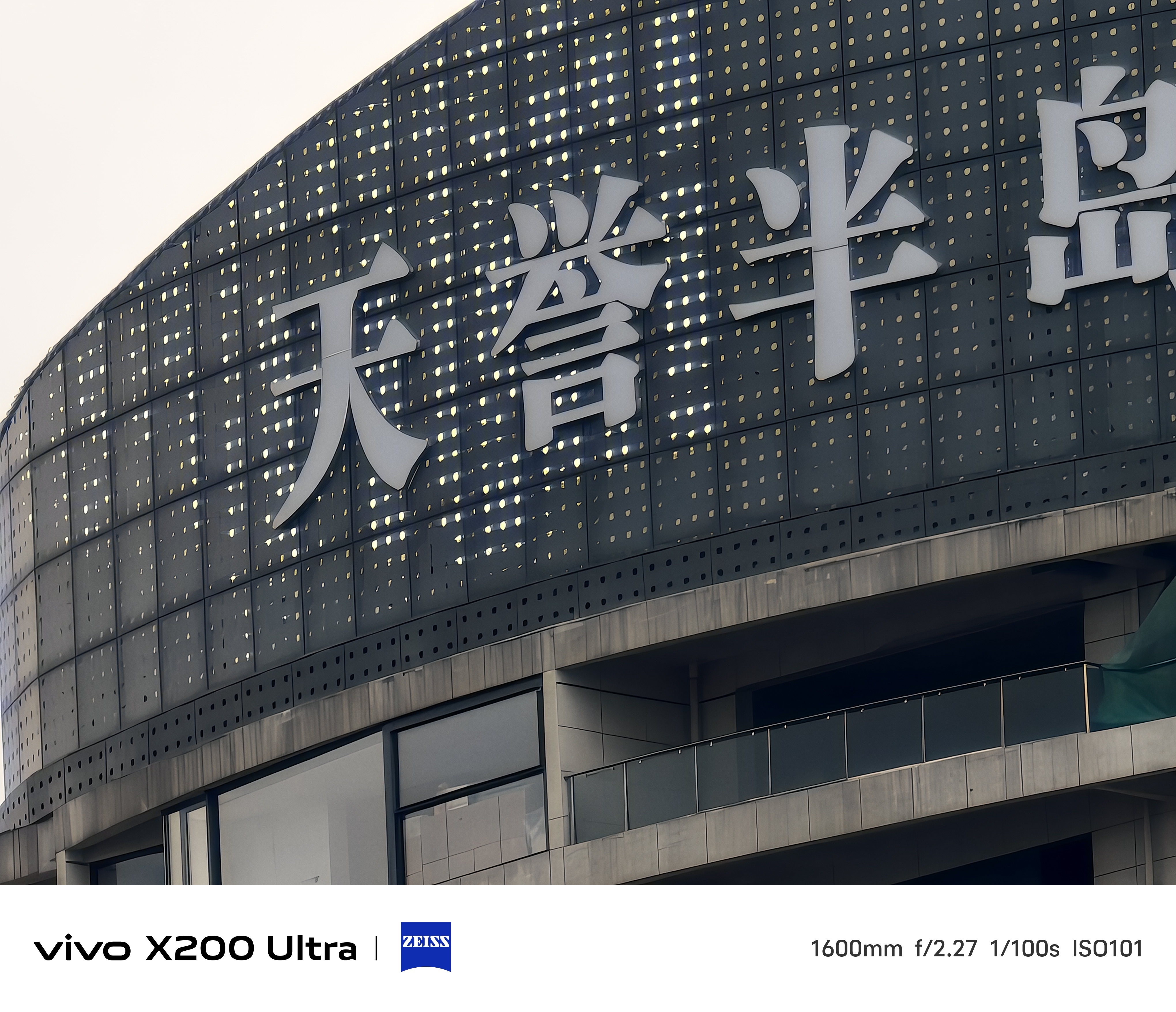
(Image source: LeiTech production)
After mentioning the advantages, I must point out some current issues. I won't elaborate too much on the most obvious issues of hand feel and weight. After all, everyone can see at a glance that vivo X200 Ultra with the teleconverter installed becomes an incredibly awkward "camera".

(Image source: LeiTech production)
The point that bothers me the most is the image stabilization issue. Readers who have used cameras should know that when the focal length of the lens exceeds 135mm, if neither the lens nor the camera body has image stabilization, the success rate of capturing clear images will be greatly reduced. Obviously, vivo X200 Ultra cannot provide image stabilization for this teleconverter nor can it incorporate any five-axis image stabilization system into the body.

(Image source: Lei Technology)
So when I use a teleconverter, holding the 200mm focal length is barely manageable, but once the focal length is increased to 400mm, a tripod is necessary to stabilize the body. Therefore, rather than calling this teleconverter a "concert gadget," it's more of a big toy that brings a certain freshness.
Of course, if you do have needs for shooting sunrises, sunsets, or birds and don't want to spend a lot of money to buy a dedicated super telephoto lens, using the vivo X200 Ultra with a teleconverter is indeed a good choice.
Oh right, since I mentioned the teleconverter, I have to mention vivo's photography grip equipped for the X200 Ultra. In terms of overall design and functionality, it is not much different from its competitors' grips, with the same physical shutter button, adjustable parameter dials, built-in batteries, and filter adapter rings.
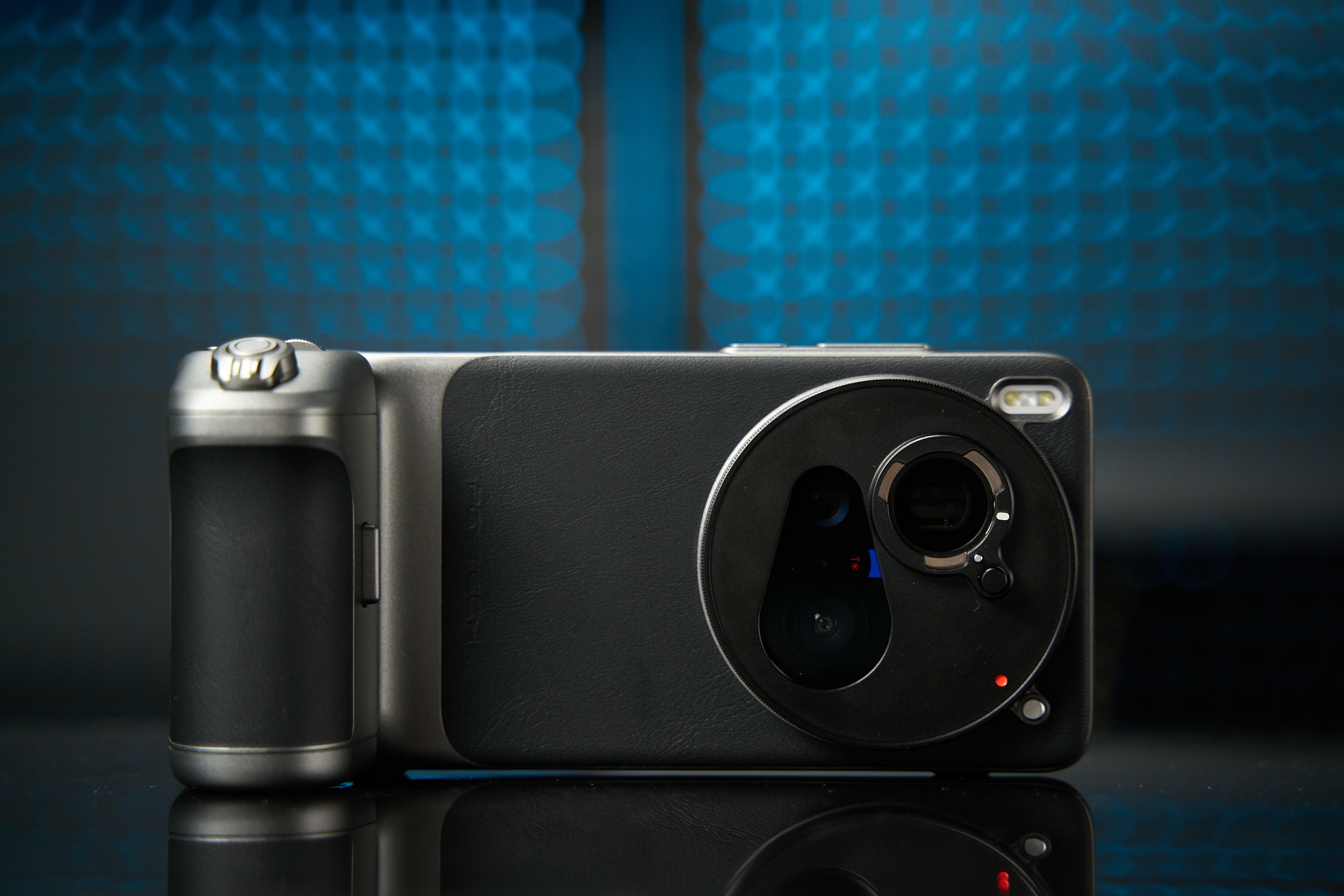
(Image source: Lei Technology)
The only pity is that vivo did not create a separate UI interface for this grip like its competitors, which makes it lack a bit in emotional value.
Is vivo's SuperRAW professional enough?
As a photography enthusiast, I have always valued a phone's RAW shooting capability. In earlier years, the only one that satisfied me was iPhone, but the progress made by several imaging flagship phones released at the beginning of this year has far exceeded my expectations.
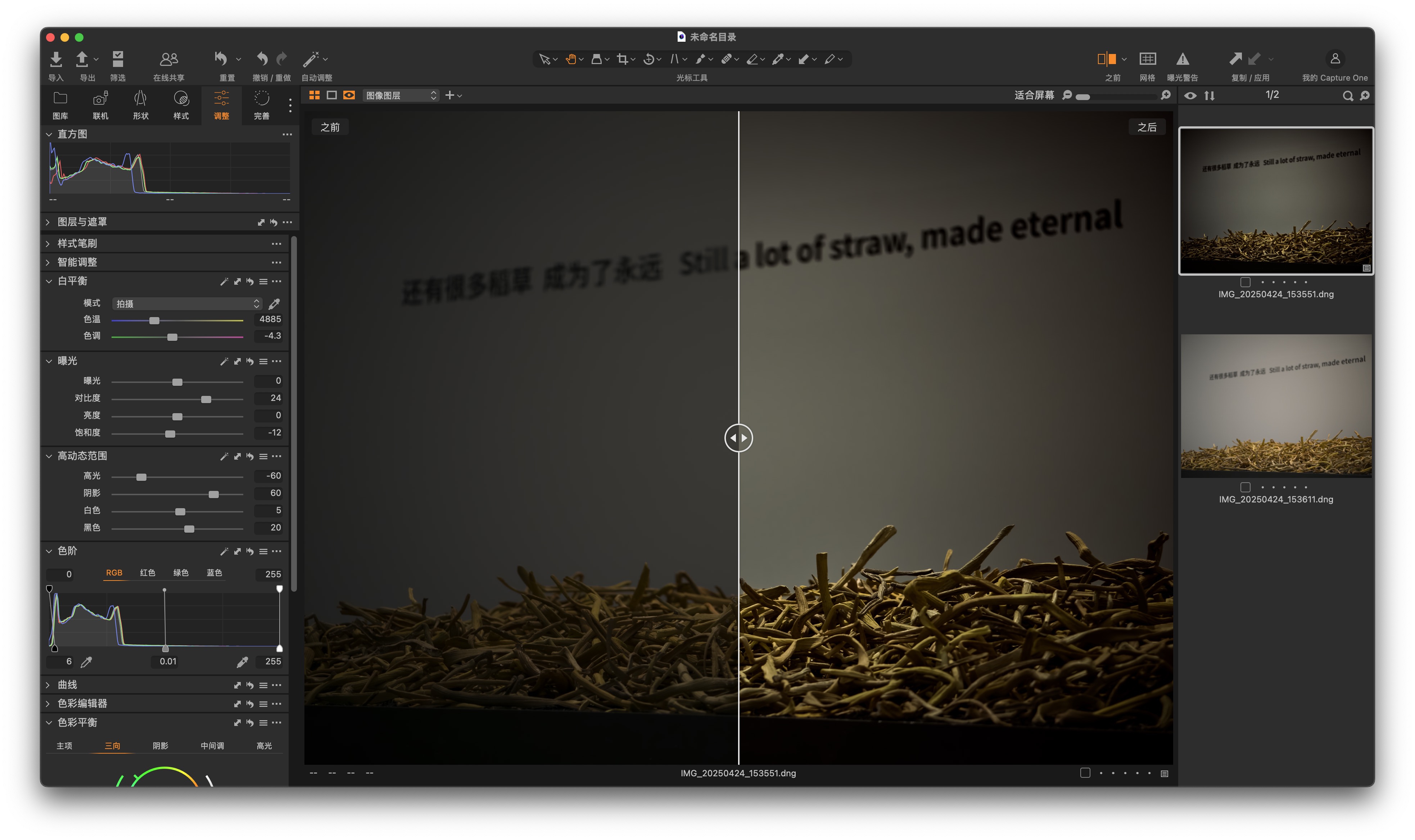
(Image source: Lei Technology)
So how does the vivo X200 Ultra perform in this regard? From the comparison chart, it is very clear that the color information retained by SuperRAW is much better than that of RAW files, allowing for the recovery of more color details; for some high-contrast scenes, I recommend using this format.
However, the disadvantages of SuperRAW are also obvious. A 12.5-megapixel UltraRAW format photo occupies about 40MB of storage space, and if the full pixel count (50 megapixels) is used, the size will soar to around 70MB.
In addition to still photography, the upgrades in video recording on the vivo X200 Ultra also have to be mentioned, but it's difficult to fully demonstrate its advantages due to the limitations of image and text. If readers are interested, I will have my colleagues responsible for video conduct an in-depth experience and analysis of its video capabilities in the future.
The characteristics of the vivo X200 Ultra determine that there is not much to talk about regarding its peripheral configurations. Here's a brief list: Snapdragon 8 Ultimate Edition processor, 2K resolution 120Hz Zeiss Master Screen, 6000mAh battery, 90W wired charging + 40W wireless charging, satellite communication, etc. It has all the configurations that a flagship phone should have.
Conclusion: A professional-grade "mobile imaging workstation"
If you look at the specifications alone, the vivo X200 Ultra doesn't have a huge improvement over the previous generation, but the change in the main camera's focal length, further optimized algorithms, more professional video specifications, and diverse play methods make it more professional and Ultra.
However, it is also evident that the vivo X200 Ultra is not a standard flagship designed for ordinary users, but a "mobile imaging workstation" tailored for professional photographers, videographers, and users pursuing the ultimate imaging experience.
Of course, the peripheral configurations of the vivo X200 Ultra also prove that it is a top-tier flagship phone through and through. Whether you need superior imaging, flagship performance, or a more professional screen, it can perfectly meet your needs.
Unconsciously, the development of mobile imaging has entered a bottleneck period, with the pace of hardware evolution slowing down. It is quite difficult to create surprising products through iterative upgrades in hardware. Most manufacturers have started to change their research and development perspectives and directions, no longer focusing on stacking parameters, but starting from the daily needs of consumers and using user experience as the evaluation criterion.
In the future, the standard for judging a photo will no longer rely on brightness and image quality, but on the ability to move people and the vitality of the features to elevate the image. How to enhance the subjective value of photos has become a new topic. Good photos in the future may not be the same kind of "good" as those in our traditional impression, but they are definitely worth looking forward to.
Source: Lei Technology
Images in this article are from: 123RF Licensed Image Library Source: Lei Technology








